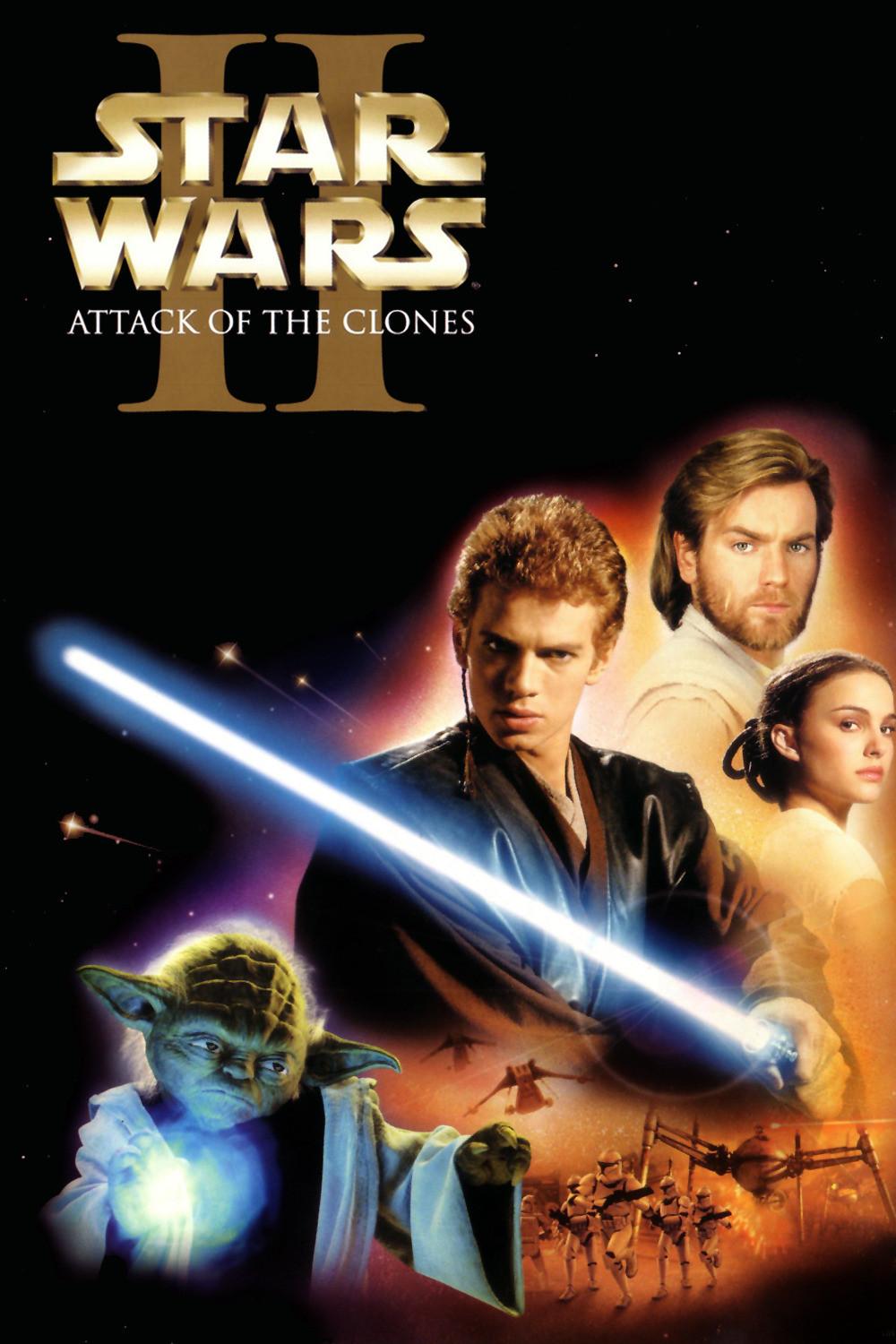
Those of you who have been following me know by now that
there are two genres of fiction that I especially like: fantasy and science fiction.
Setting aside for the moment hard science fiction (or as I like to call it,
true science fiction), both of these genres include incredible devices,
inexplicable phenomena, and characters with extraordinary abilities. The only
difference between the two genres is that fantasy claims that these are a
result of something called “magic,” while science fiction insists that it is not magic. The fact that the two systems
cannot be otherwise told apart is exactly what sci-fi author Arthur C . Clarke
meant when he said “Any sufficiently advanced technology is indistinguishable
from magic.” When I first heard this, I agreed. But within the past two years,
as I was thinking about this topic, I was suddenly baffled. What was this
“magic” that kept coming up, and why was it so important for characters from advanced
civilizations, like the Doctor, to insist that it was not?
To find the answer, I looked at why and how writers use
magic (or “I Can’t Believe It’s Not Magic”) in their stories. The general
trend, I have found, is that it brings with it the deep sense of wonder and/or
fear that comes with a mystery that appears to have no solution or explanation.
But this sense can also be achieved by naturalistic means, by simply
withholding understanding from the characters and readers. For example, when Stargate Atlantis introduces the Wraith,
they appear to have supernatural abilities, but it is later revealed to be
simply a feature of their biology. So why call something “magic” at all? Is it
simply a cop-out, an excuse to sweep technical details under the rug? No, the
idea of something called “magic” is exciting, and so doing so can be a powerful
tool in story writing. So that brings us back to the original question, what is
magic? As I looked at the ways various writers use the word, I have come to the
realization that the reason it was so confusing is that there is a variety of
different things that people mean when they say “magic.” In an attempt to break
down the complexity, I have grouped magic into four types: functional, supernatural,
natural, and sympathetic.
Functional Magic
In order to understand the first category, functional magic,
we need to understand the relationship between function and existence. Let’s
look at the difference between a real object, a cell phone, and an imaginary
object of functional magic, Harry Potter’s wand. For the sake of explanation,
let’s look at a function that they both have: to emit light. For the real
object, the cell phone, we start at its function and ask why until we run out
of answers. Why does a cell phone emit light? Because the materials that are
used to make it are arranged in a specific way. Why are the materials arranged
this way? Because they have properties that can be harnessed. Why do the
materials have properties? Because they exist. This is as far as we can go and
still be talking about a cell phone. So we have come to the conclusion that a
cell phone emits light because it exists.
For Harry Potter’s wand, on the other hand, we start with
existence. Why does it exist? Because it emits light (among other things). Why
does it emit light? It just does; there is no further mechanism to be
understood. So we have come to conclusions about both the cell phone and the
wand. The cell phone emits light because it exists, whereas Harry Potter’s wand
exists because it emits light. The point of importance is in the order of
explanation: real objects do things because they exist, while functional
magical objects exist because they do things. The world in the Harry Potter novels is full of
functional magic, teeming with things that “do something, therefore they
exist.” Another classic example is C. S. Lewis’s Narnia, where animals talk, a
pool turns everything that touches its water to gold, rings transport you to
different worlds, and witches conjure up Turkish delight out of nothingness.
Supernatural
The second category, the supernatural, is the idea that
there exist two levels of reality, the natural and the supernatural (sometimes
called the spiritual). The natural world follows the laws of the sciences,
while the supernatural follows only self-consistency and can affect the natural
world by breaking natural laws. This type of magic states that natural
creatures like humans have no supernatural abilities, but there are also
partially supernatural beings—like the elves and wizards in The Lord of the Rings—as well as fully
supernatural beings, like ghosts, demons, and gods. If humans or other natural
beings need or wish to use supernatural abilities, they must get a supernatural
being to do it for them, either by petition, such as prayer, or by forceful
control, usually accomplished by a summoning ritual. In some stories, humans do
have supernatural abilities, but they must find a way to unlock them before
they can use them.
However, the idea of a supernatural world brings a question
to my mind: what really makes something supernatural? If it is defined as
something that is not bound by physical laws, then what is to stop every
supernatural creature from being as powerful as God? If there are limits placed
upon them, then those limits are just another form of natural law, and suddenly
the supernatural world is just an extension of the natural. This doesn’t stop
us from using supernatural magic in our stories as long as we don’t try to go
into much detail about it, but in that case supernatural magic is just a
version of functional magic. This brings us to the next category . . .
Natural
Natural magic is the partial replacement of or addition to
the laws of nature. If you ask why a natural magical phenomenon happens, you
will get an answer. In fact, a creative writer can devise a small number of
natural magic axioms, and then build a complex, self-consistent structure upon
those axioms. One example would be to imagine a material that has specific,
nontraditional gravitational properties, and then imagine what technologies the
people in that world would develop from it. Fantasy author Brandon Sanderson is
known for his many “magic systems,” or structures of natural magic, the most
notable of which is found in his Mistborn
novels. The technologies of many science fiction stories would fall under this
category as well.
Interestingly, by our definition, the only reason the real
universe does not operate on natural magic is because it is the standard
against which magic is measured. The relevant factor here is that the real
world exists. However, it is shortsighted to lump everything that does not
pertain to us into one category, so there is no good reason why reality should
be an exception when it comes to natural magic. Therefore, if we wish to have a
meaningful generalization, we must either say that natural magic is not magic
at all or that the real laws of nature count as natural magic. Sanderson
insists that his systems are magic, and I feel no need to disagree, so it
follows that physics is a form of natural magic: the magic of reality.
Sympathetic
Finally, we have sympathetic magic. For a sympathetic magic
system, the world is full of consciousness. Depending on the story, a person
who knows how or has the ability can extend their own consciousness to interact
with this field of consciousness and do things such as move objects from a
distance or communicate mentally. This type of magic can be seen in two forms
in Patrick Rothfuss’s The Kingkiller
Chronicle: sympathy, which is similar to what was just described; and
sygaldry, the crafting of technological devices that use sympathetic principles.
And of course, we cannot forget everyone’s favorite example of sympathetic
magic, the Force.

So there you have it, four broad categories of how the
strange, annoying little word “magic” is used. I still think that the word is
too vague to be meaningful, and we would have an easier time discussing the
various different things that are meant by it if we stopped using the word altogether.
But who am I kidding? The real meaning of “it’s magic” in today’s society is “don’t
ask, it just is how it is.” And once in a while, when you see twinkling lights
in the sky or hear sleigh bells on a cold winter night, then maybe, for just a
moment, that’s okay.








